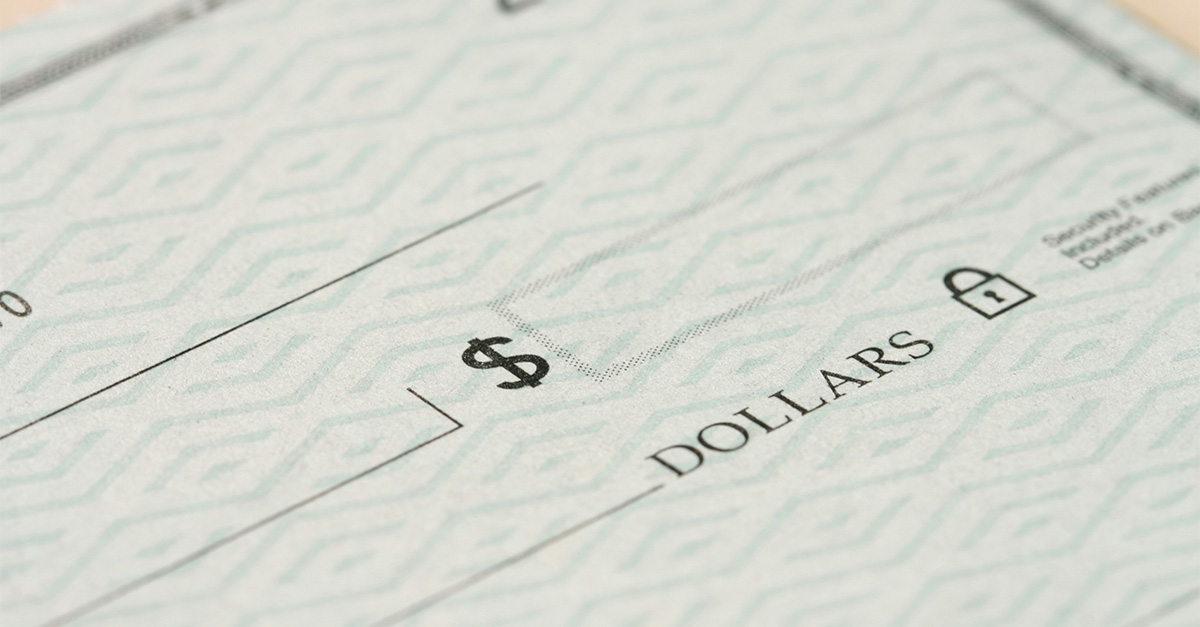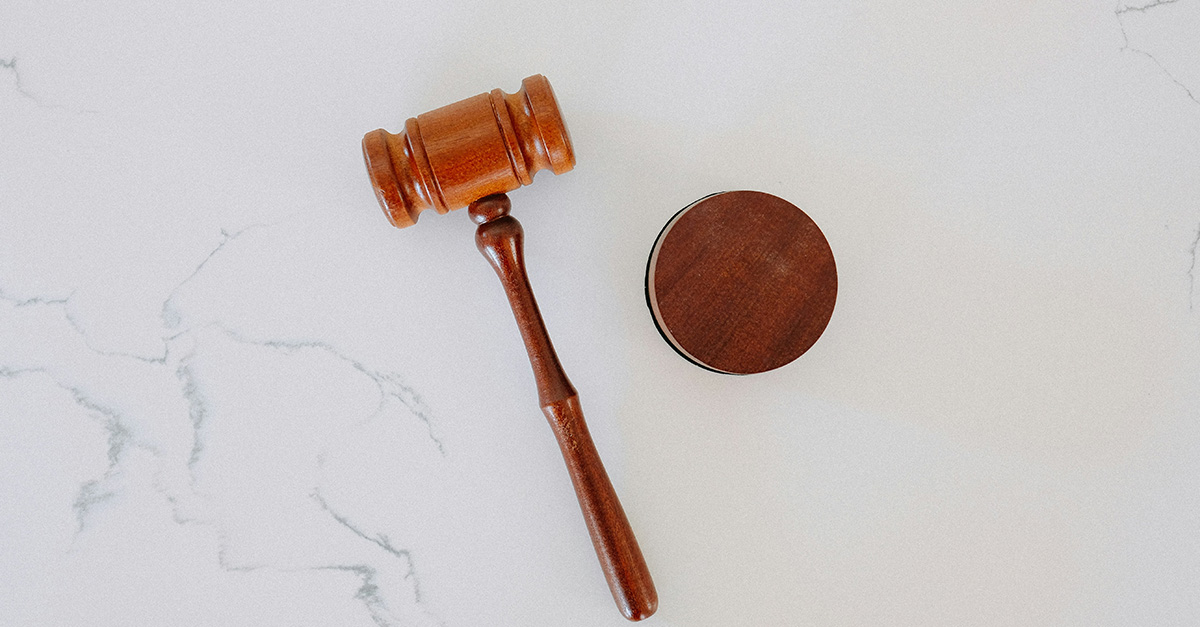Can we consider a different signature or modification of the correct one admitted by the withdrawal of the cheque as an act of forgery?
To address these questions, we must refer to the text of the Penal Code, particularly Article No. 251, which discusses the concept of forgery and its manifestations.
Forgery of any document entails altering the truth contained in it in one of the ways specified by the law. Such alteration may cause harm with the intention of utilizing the document as a valid instrument after its truth has been altered.
The law delineates specific methods by which harm to a document and alteration of the truth may be considered forgery. One such method includes:
- Introducing a change to a document, such as altering its content by adding, deleting, or modifying it.
- Placing a forged signature, stamp, or altering a valid signature, stamp, or fingerprint.
- Illegally obtaining a signature, fingerprint, or stamp from an individual in secret, without their knowledge of the document's content upon which they've signed, stamped, or provided a fingerprint.
- Fabricating a document and attributing it to another individual.
- Completing a paper or document that has been stamped or signed on blank paper with content that contradicts the possessor's will.
Furthermore, impersonating an individual in a document prepared to prove identity is also considered forgery. By adhering to these stringent and expansive conditions defining forgery methods, and by referencing Article No. 676 of the Civil Transactions Law concerning penalties for cheque forgery, we can ascertain the legal consequences.
Article 676 of the Commercial Transactions Law outlines the penalties for cheque forgery within its exclusive cases, referring to Article No. 251 of the Penal Code to criminalize instances of check forgery.
According to the mechanism outlined, anyone who forges or fabricates a cheque or attributes it to others by altering its data through addition, deletion, or other methods stipulated in Article 251 of the Penal Code shall be subject to imprisonment. This is done with the intention of causing harm to others and for the purpose of using it for its forged intent.
Referring back to Article 251 of the Penal Code, it is considered among the methods of forgery to place a forged signature, seal, or alter a valid signature, stamp, or fingerprint.
Thus, inserting an incorrect signature on the cheque, different from the one approved by the drawee bank of the account holder who issued the cheque for withdrawal, constitutes a forgery crime in the cheque. This is due to the alteration of the signature on the cheque from the drawer.
This enables the court, if these elements are present and verified, to penalize the signatory—the drawer of the cheque—for intentionally altering their signature to the detriment of the beneficiary. This action prevents the possibility of cashing the value of the cheque and disrupts the consideration of this commercial paper as a method of payment, which would otherwise enable the beneficiary to collect their dues from the debtor.
Hamdan Al Shamsi’s expert team will be able to help you advise on all litigation matters related to cheques.






